Results
29 results found
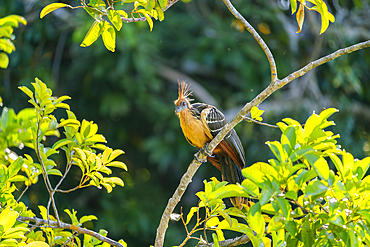
Hoatzin (Ophisthocomus hoazin) perching on branch by Lake Sandoval, Tambopata National Reserve, Puerto Maldonado, Madre de Dios, Peru, South America
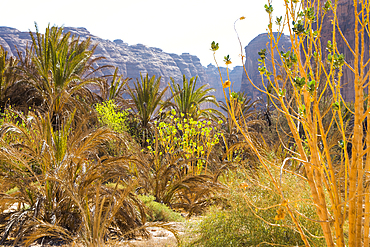
Palm plantation colonized by invasive Sodom apple plant (Calotropis procera), Sharaan Nature Reserve, AlUla, Medina Province, Saudi Arabia
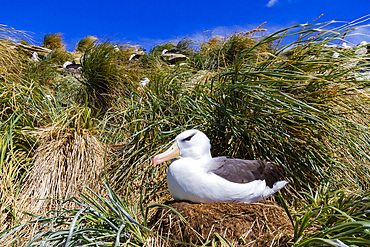
Black-browed albatross (Thalassarche melanophrys) breeding colony on Carcass Island in the Falkland Islands
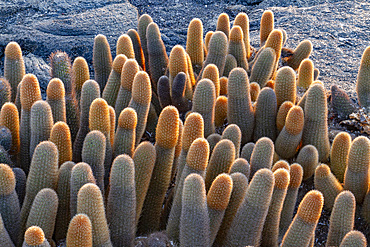
The endemic lava cactus (Brachycereus spp) cactus growing in the Galapagos Island Archipelago, UNESCO World Heritage Site, Ecuador, South America
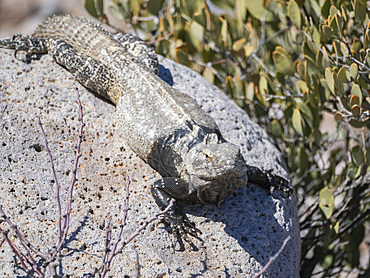
Adult San Esteban spiny-tailed iguana (Ctenosaura conspicuosa), endemic to Isla San Esteban, Baja California, Mexico, North America
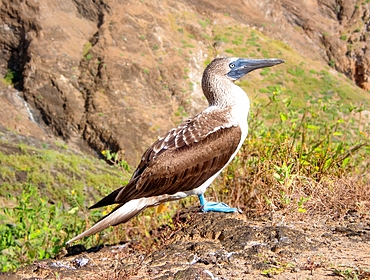
Blue Footed Booby (Sula nebouxii), a marine bird found in the Eastern Pacific whose unusual blue feet feature in courtship rituals, Galapagos, UNESCO World Heritage Site, Ecuador, South America
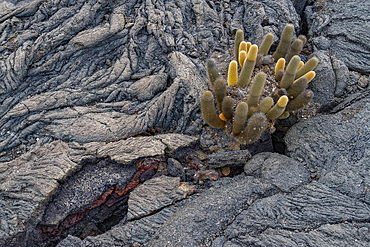
The endemic lava cactus (Brachycereus spp) cactus growing in the Galapagos Island Archipelago, UNESCO World Heritage Site, Ecuador, South America
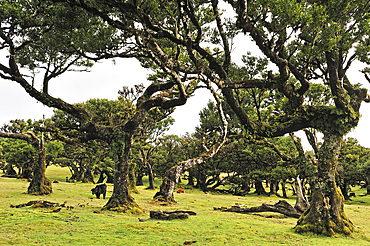
Pluri-centenarian laurel trees around Fanal, Paul da Serra plateau, Madeira island, Atlantic Ocean, Portugal
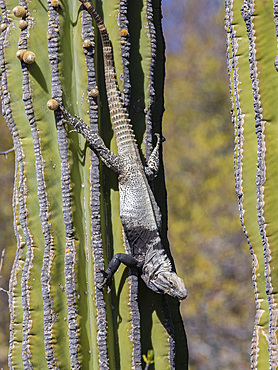
Adult San Esteban spiny-tailed iguana (Ctenosaura conspicuosa), endemic to Isla San Esteban, Baja California, Mexico, North America
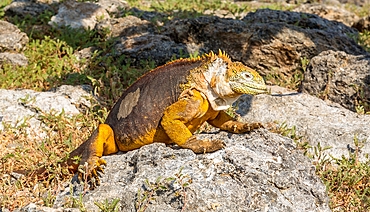
Galapagos Land Iguana (Conolophus subcristatus), large lizard can can grow to five feet long and live for 60 years, South Plaza island, Galapagos, UNESCO World Heritage Site, Ecuador, South America
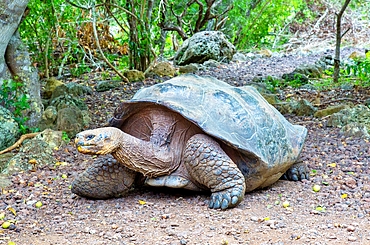
Galapagos Giant Tortoise (Chelonoidis chathamensis), can live for over 100 years, San Cristobal island, Galapagos, UNESCO World Heritage Site, Ecuador, South America
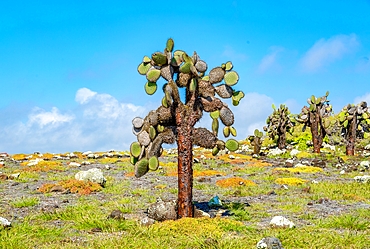
Giant Prickly Pear Cactus (Opuntia cacti) on South Plaza, Galapagos Islands, UNESCO World Heritage Site, Ecuador, South America
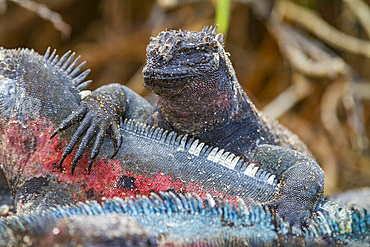
The endemic Galapagos marine iguana (Amblyrhynchus cristatus) on Espanola Island in the Galapagos Islands, UNESCO World Heritage Site, Ecuador, South America
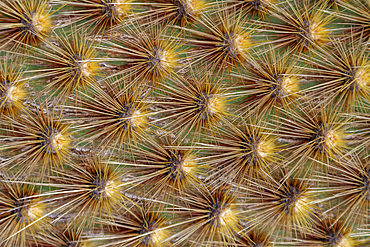
The endemic Opuntia cactus (Opuntia echios) cactus growing in the Galapagos Island Archipelago, UNESCO World Heritage Site, Ecuador, South America
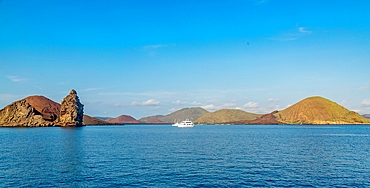
Pinnacle Rock on Bartolome Island in the Galapagos Islands, UNESCO World Heritage Site, Ecuador, South America
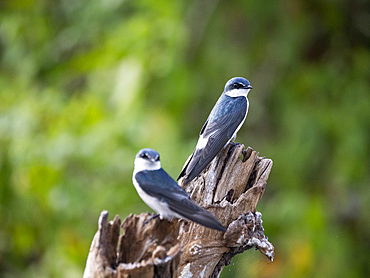
An adult mangrove swallow (Tachycineta albilinea), on New River near the Mesoamerican archaeological site of Lamanai, Belize
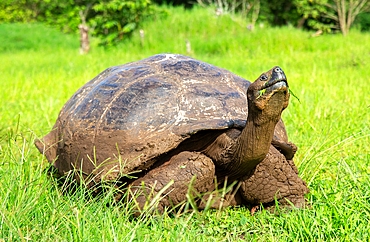
Galapagos Giant Tortoise (Chelonoidis chathamensis), can live for over 100 years, on San Cristobal island, Galapagos, UNESCO World Heritage Site, Ecuador, South America
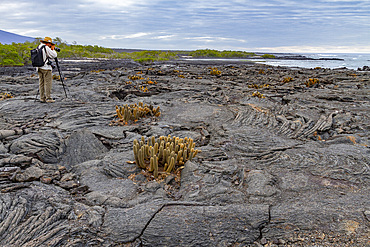
The endemic lava cactus (Brachycereus spp) cactus growing in the Galapagos Island Archipelago, UNESCO World Heritage Site, Ecuador, South America
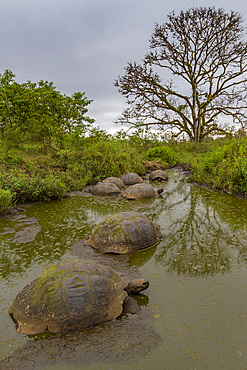
Wild Galapagos giant tortoises (Geochelone elephantopus) feeding on the upslope grasslands of Santa Cruz Island, Galapagos, UNESCO World Heritage Site, Ecuador, South America
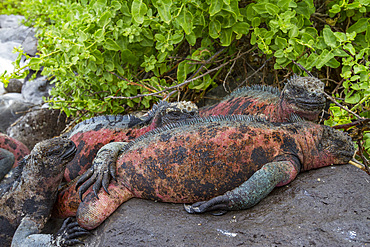
The endemic Galapagos marine iguana (Amblyrhynchus cristatus) on Espanola Island in the Galapagos Islands, UNESCO World Heritage Site, Ecuador, South America
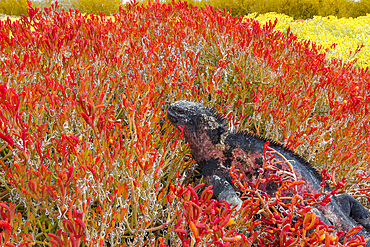
The endemic Galapagos marine iguana (Amblyrhynchus cristatus) on Espanola Island in the Galapagos Islands, UNESCO World Heritage Site, Ecuador, South America
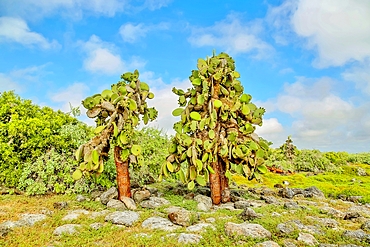
Opuntia (Prickly Pear) cacti on South Plaza island, Galapagos, UNESCO World Heritage Site, Ecuador, South America
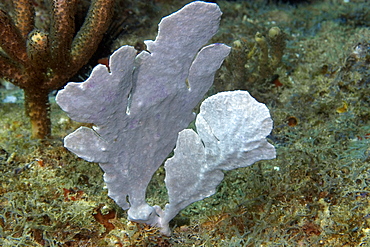
Gorogonian (Phyllogorgia dilatata), endemic to Brazil, Ilha Escalvada, Guarapari, Espirito Santo, Brazil, South America
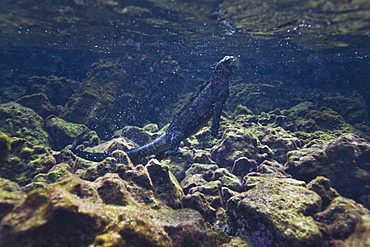
The endemic Galapagos marine iguana (Amblyrhynchus cristatus) foraging for algae underwater in the Galapagos Island Archipeligo, Ecuador
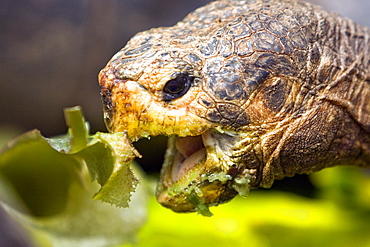
Captive Galapagos giant tortoise (Geochelone elephantopus) being fed at the Charles Darwin Research Station on Santa Cruz Island in the Galapagos Island Archipelago, Ecuador
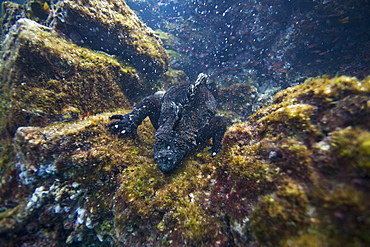
The endemic Galapagos marine iguana (Amblyrhynchus cristatus) foraging for algae underwater in the Galapagos Island Archipeligo, Ecuador
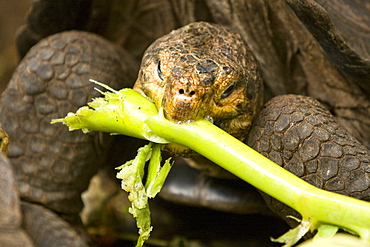
Captive Galapagos giant tortoise (Geochelone elephantopus) being fed at the Charles Darwin Research Station on Santa Cruz Island in the Galapagos Island Archipelago, Ecuador
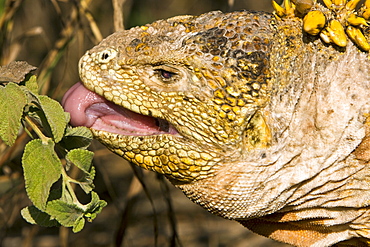
The very colorful Galapagos land iguana (Conolophus subcristatus) feeding on plants in the Galapagos Island Archipeligo, Ecuador. This large land iguana is endemic to the Galapagos Islands.

The endemic Galapagos marine iguana (Amblyrhynchus cristatus) foraging for algae underwater in the Galapagos Island Archipeligo, Ecuador
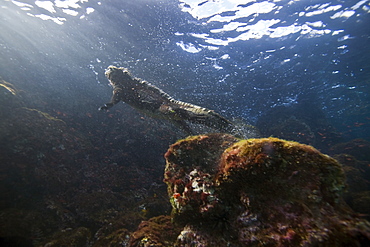
The endemic Galapagos marine iguana (Amblyrhynchus cristatus) foraging for algae underwater in the Galapagos Island Archipeligo, Ecuador
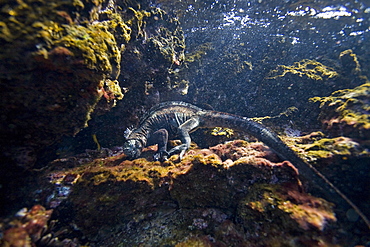
The endemic Galapagos marine iguana (Amblyrhynchus cristatus) foraging for algae underwater in the Galapagos Island Archipeligo, Ecuador
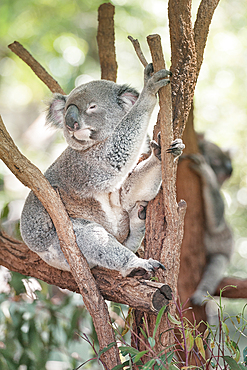

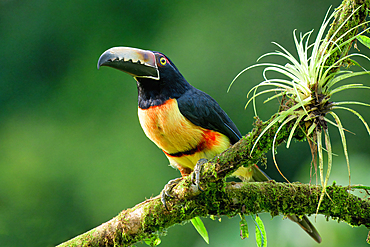
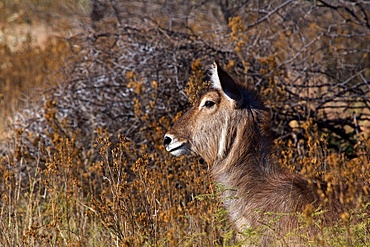
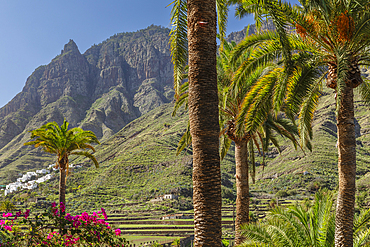
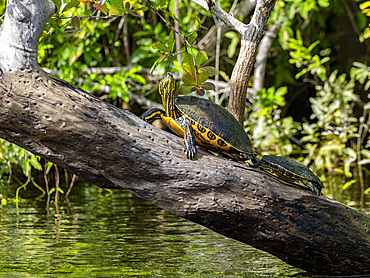
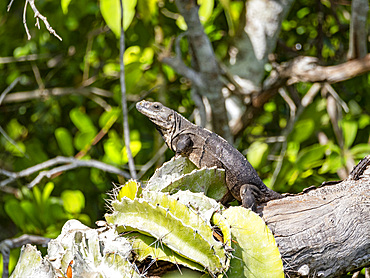


![Hawaii, Kukaenene (Coprosma ernodoides) [Rubiaceae] native to the islands.](https://everywhereyouwant.com/zoom/RM/RH/HORIZONTAL/1116-31754.jpg)